Antique Industrial Furniture
What’s old is new again, as antique industrial furniture has become the hottest home décor trend. This has been fuelled by European factories being developed into trendy living and workspaces. Antique industrial spaces are hard to come by in New Zealand. However, many people are choosing industrial vintage pieces and lighting in their modern homes to add a vintage twist that works well.At Salvage Place, we work tirelessly to unearth hidden vintage gems for our customers. Browse our current collection of antique industrial furniture below.
5 products
-
Vintage Tool Cabinet

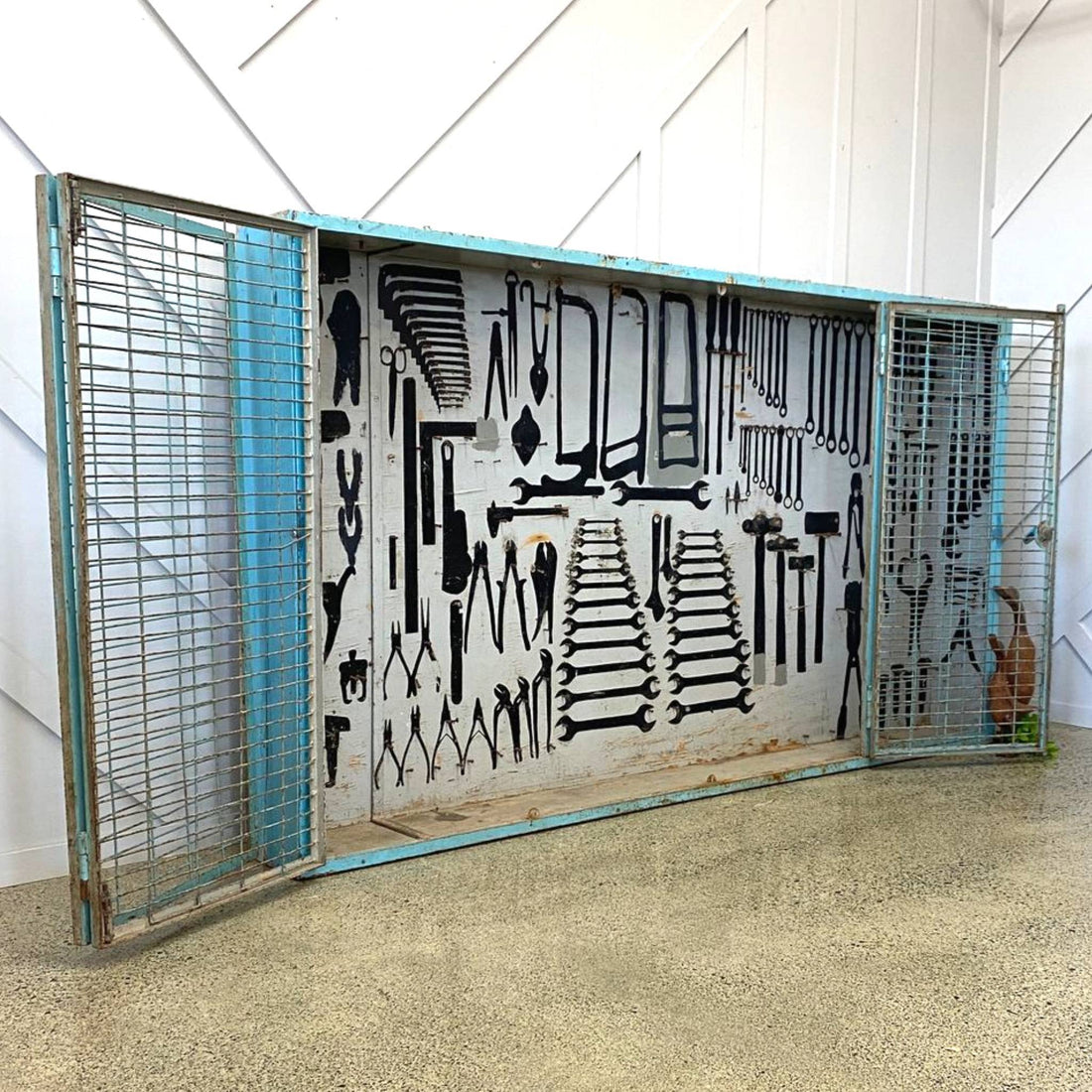 Vintage Tool Cabinet
Vintage Tool Cabinet- Regular price
-
$1,999.99 - Regular price
-
- Sale price
-
$1,999.99
Quick view
-
A Vintage Printers Draw Set

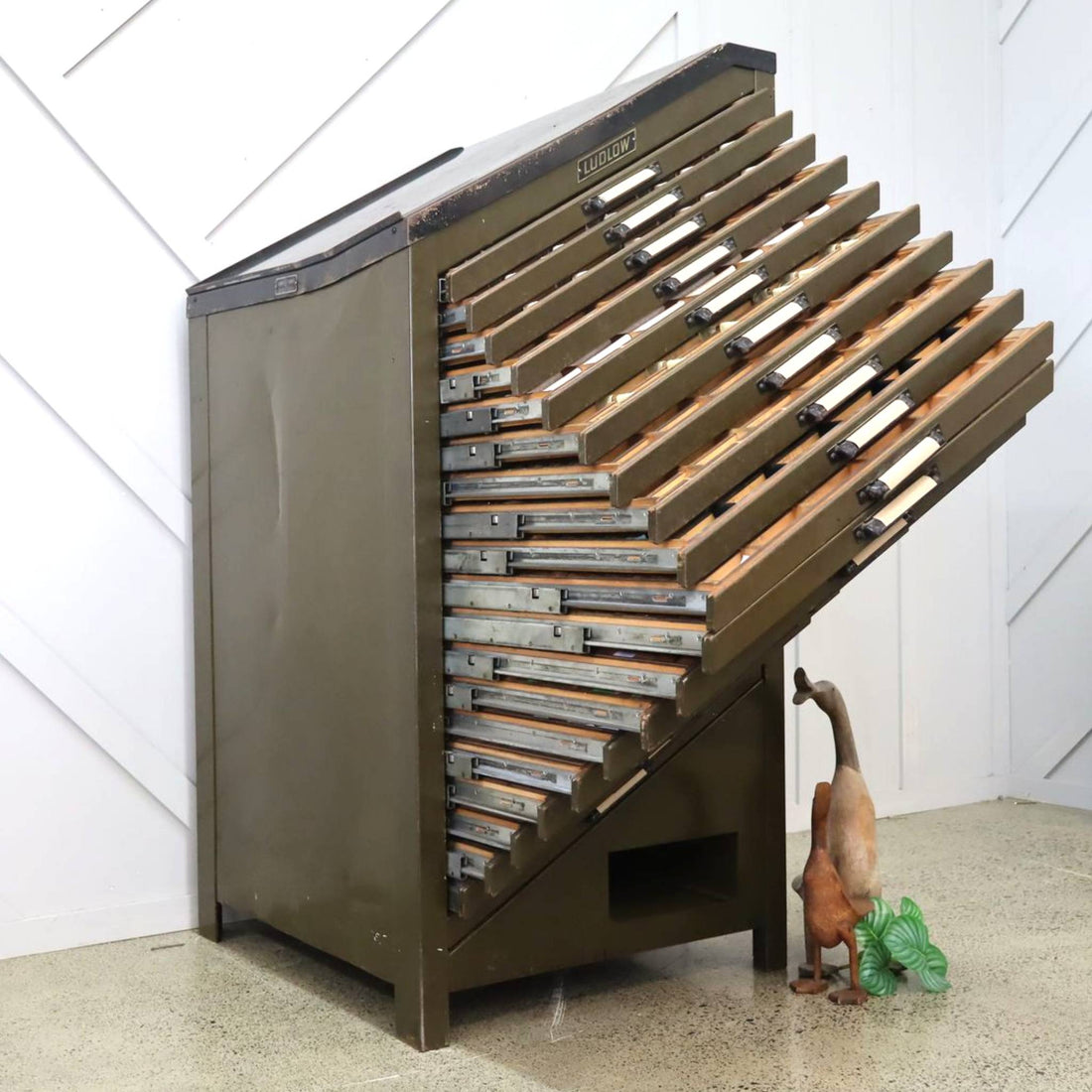 A Vintage Printers Draw Set
A Vintage Printers Draw Set- Regular price
-
$1,399.99 - Regular price
-
- Sale price
-
$1,399.99
Quick view
-
Industrial Coffee Table

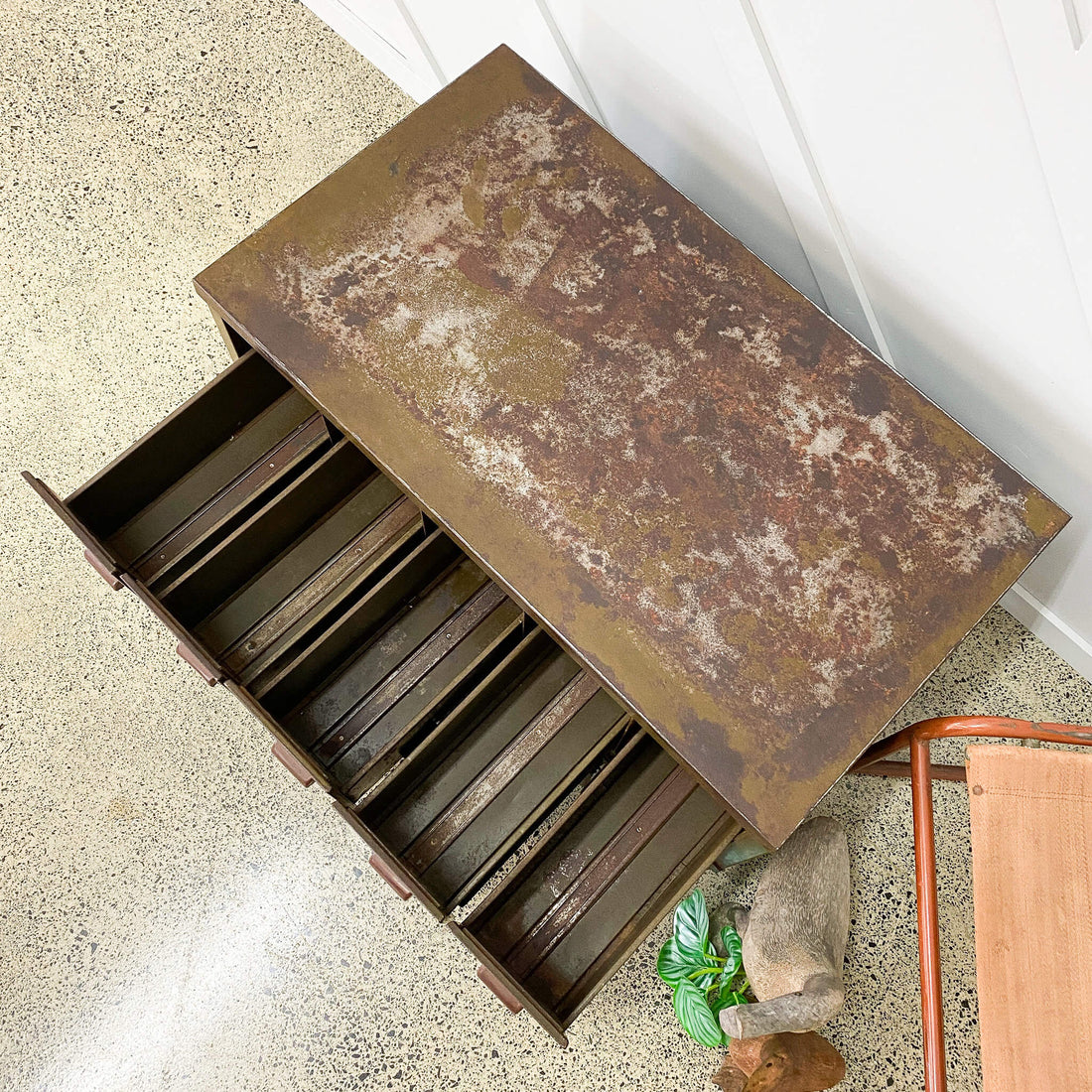 Industrial Coffee Table
Industrial Coffee Table- Regular price
-
$949.99 - Regular price
-
- Sale price
-
$949.99
Quick view
-
Vintage Decorative Ladder
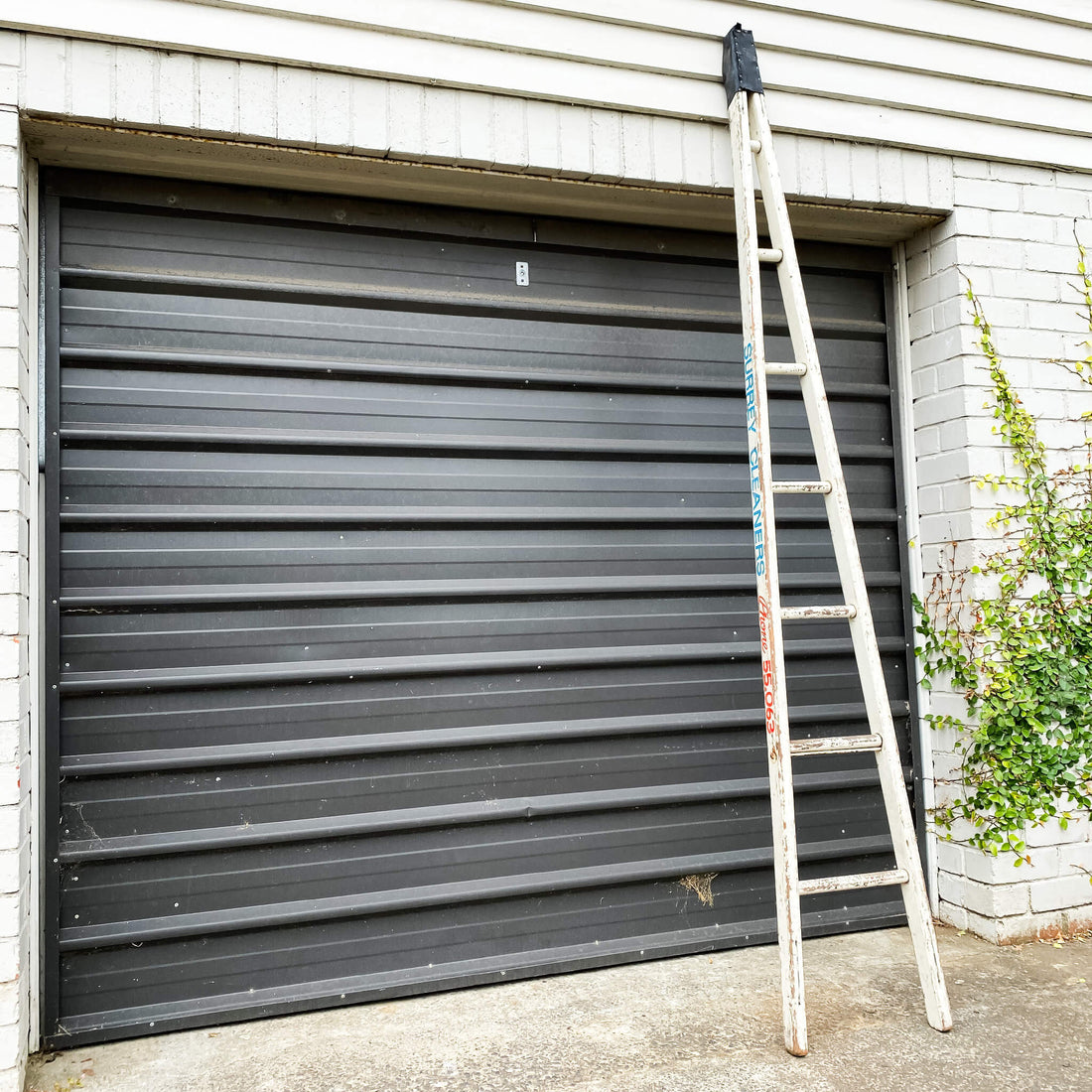
 Vintage Decorative Ladder
Vintage Decorative Ladder- Regular price
-
$399.99 - Regular price
-
- Sale price
-
$399.99
Quick view
-
Industrial Basket Rack

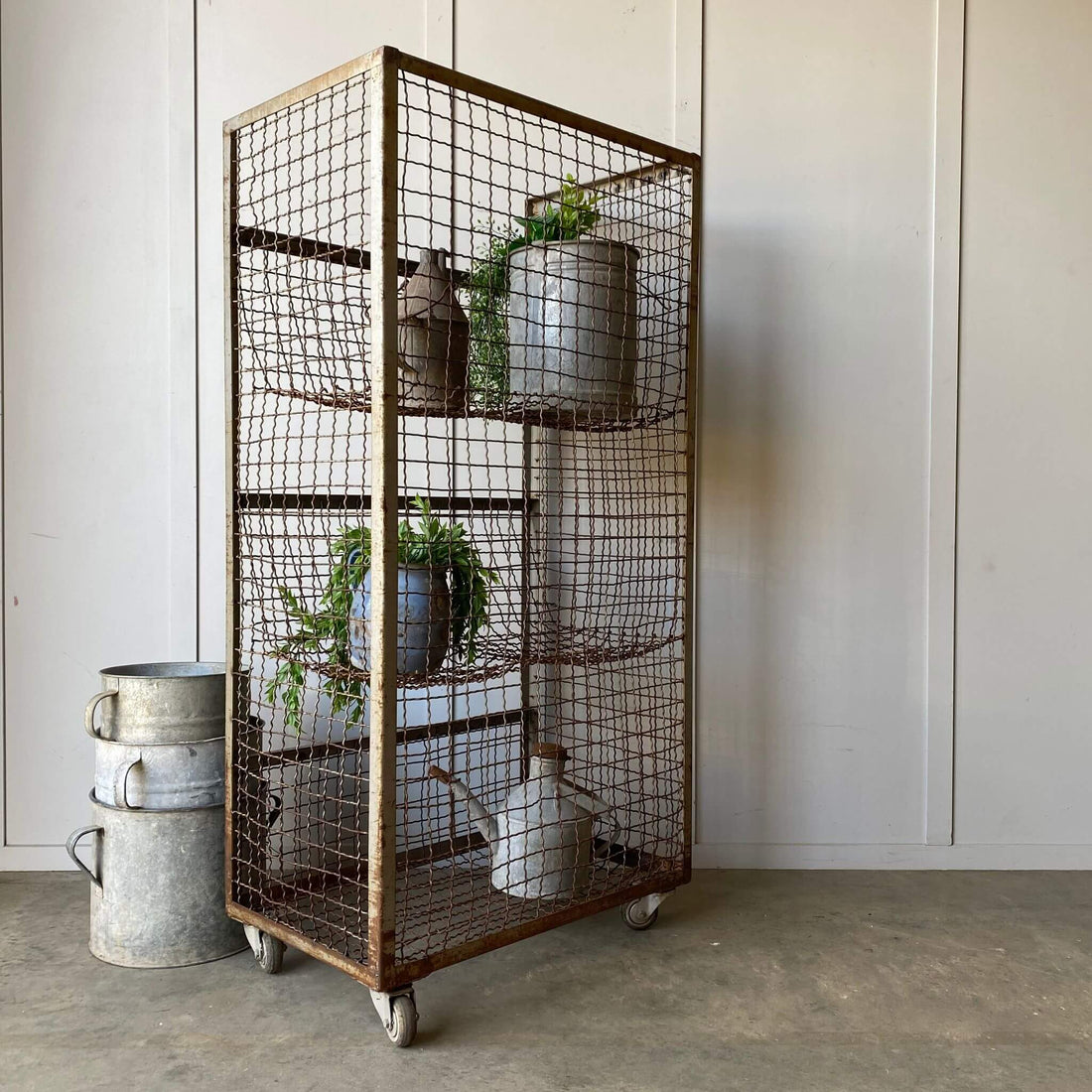 Industrial Basket Rack
Industrial Basket Rack- Regular price
-
$989.99 - Regular price
-
- Sale price
-
$989.99
Quick view
Development of the Industrial Style
The first industrial buildings of the late 1700s were built to be utilitarian. In the absence of technological advances such as electricity, narrow structures with large windows were built so that work floors could be flooded with natural light. Simple and without any frills, these buildings were designed to facilitate work. An entire manufacturing process could be housed in one place, leading to expedite processes and streamlined production.
In the 1700s, safety concerns significantly influenced industrial architecture. Fear of fire was so prevalent that buildings started to be designed to reduce the dangers posed by the all-to-prevalent fires.Because of this, insurance companies influenced and shaped much of the early industrial architecture. Attics were discouraged in favour of flat roofs. They also advocated for open floor plans with isolated stairwells flanking the buildings. Plain facades avoided any ornamental objects that might hinder fire suppression. This led to the now-iconic industrial style of an “unfinished” look characterised by exposed bricks, pipes, and ductwork — all features now mimicked in modern interior design.
A 20th Century Facelift
The early 1900s boosted manufacturing with new ways of producing energy, such as burning coal to fuel mechanical power in factories. These new technologies required larger, more adaptable spaces and upgraded construction. Concrete and steel entered the picture thanks to the vision of Albert Kahn, one of the most influential architects working in industrial design.These raw steel tones and finishes have become a staple in industrial interior design, thanks to him.
Rough up Your Design with Antique Industrial Furniture
Antique industrial furniture takes a style once relegated to the conveyor belts and factory floors and updates it for modern-day design. The result is a look that’s both sleek and rough around the edges. If you’re looking to add a touch of industrial roughness to your home décor, take a look at our unique range of antique industrial furniture. Get in touch for additional information on any of our products.













